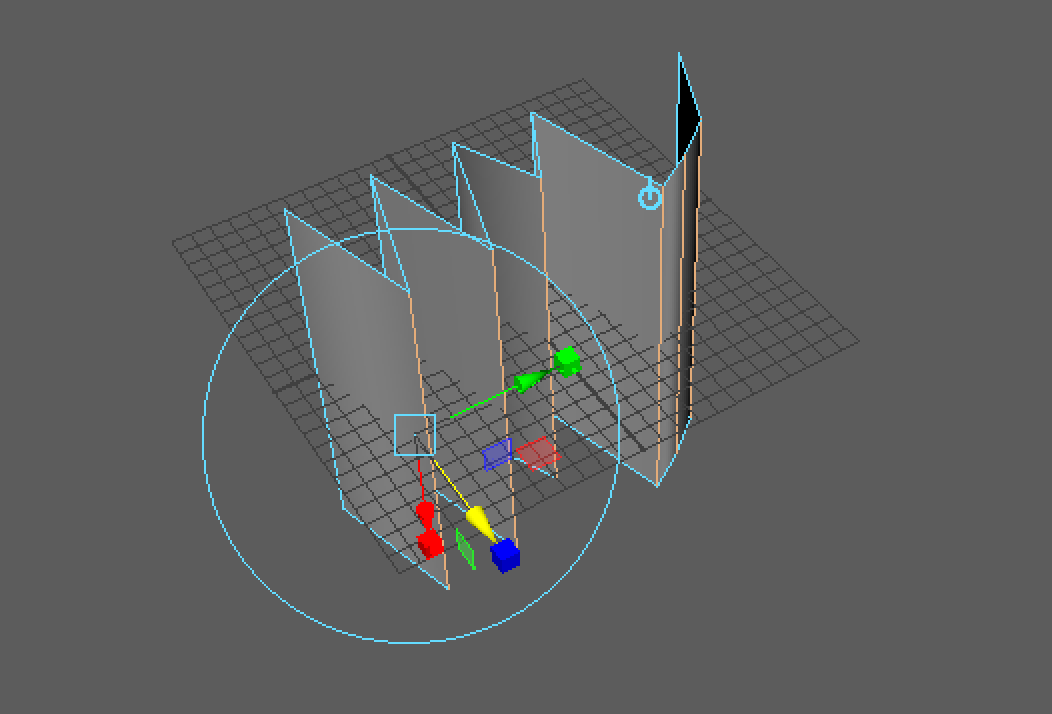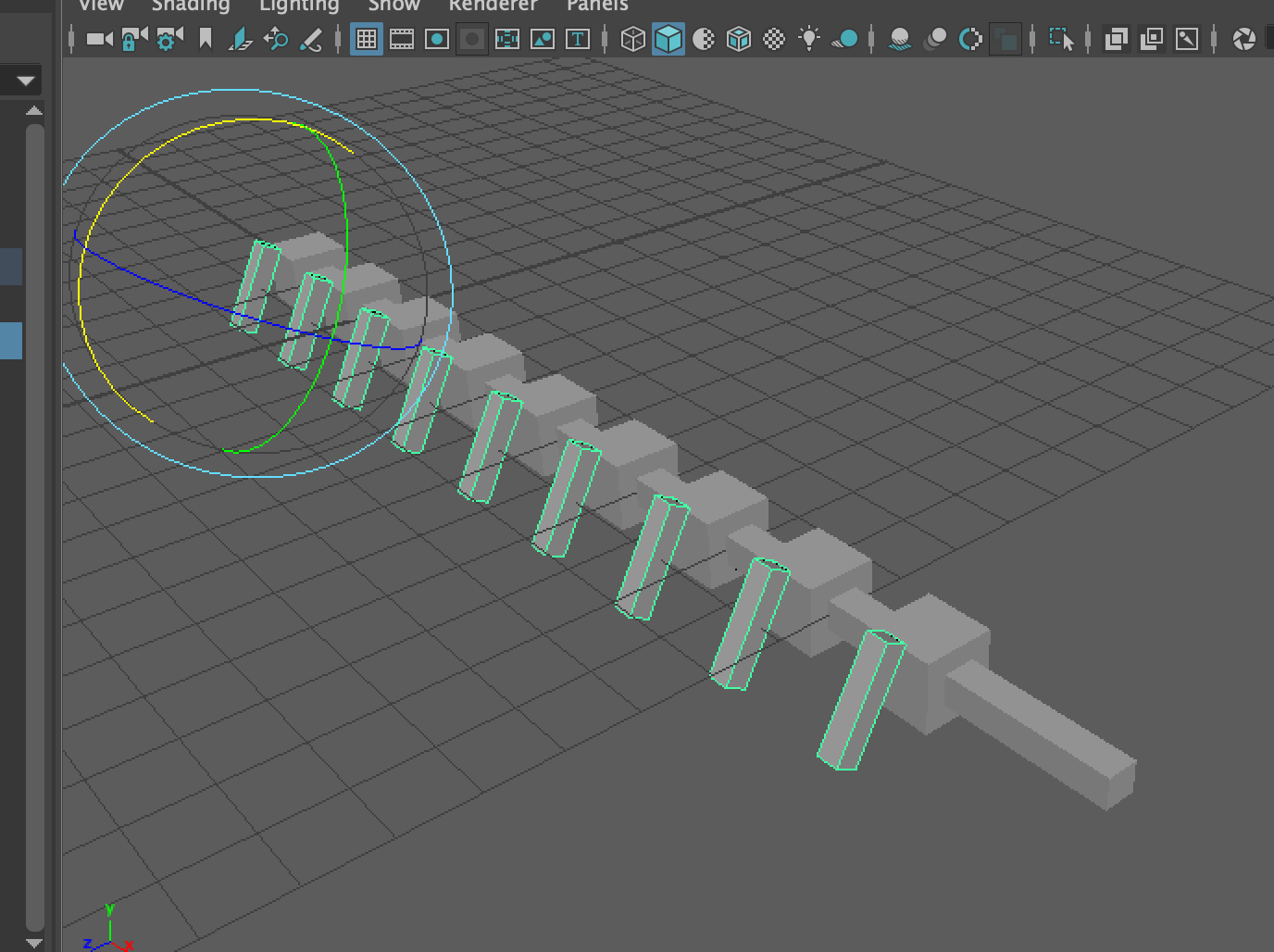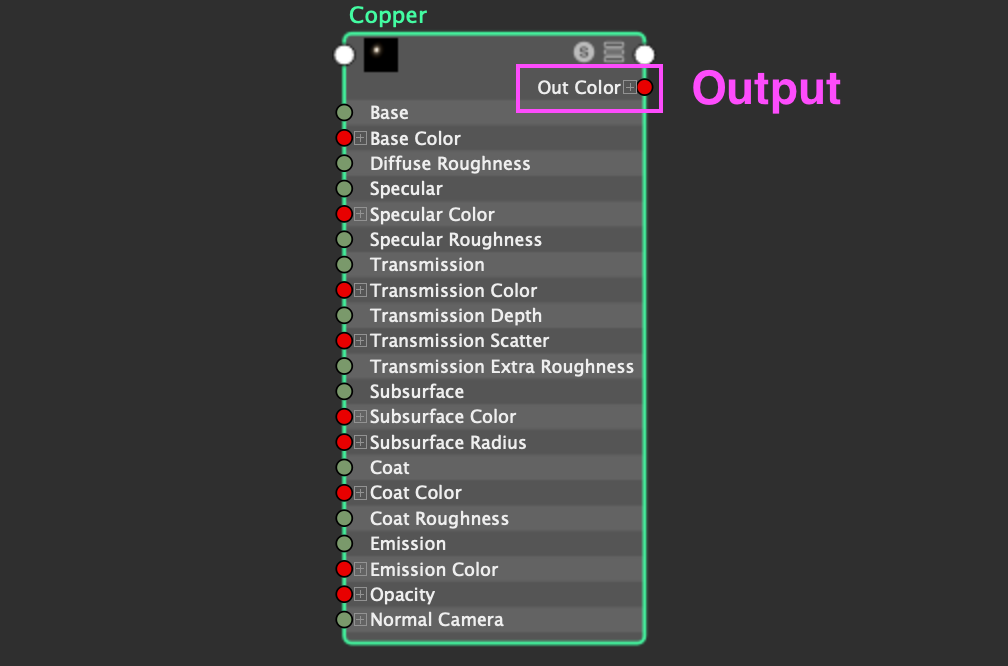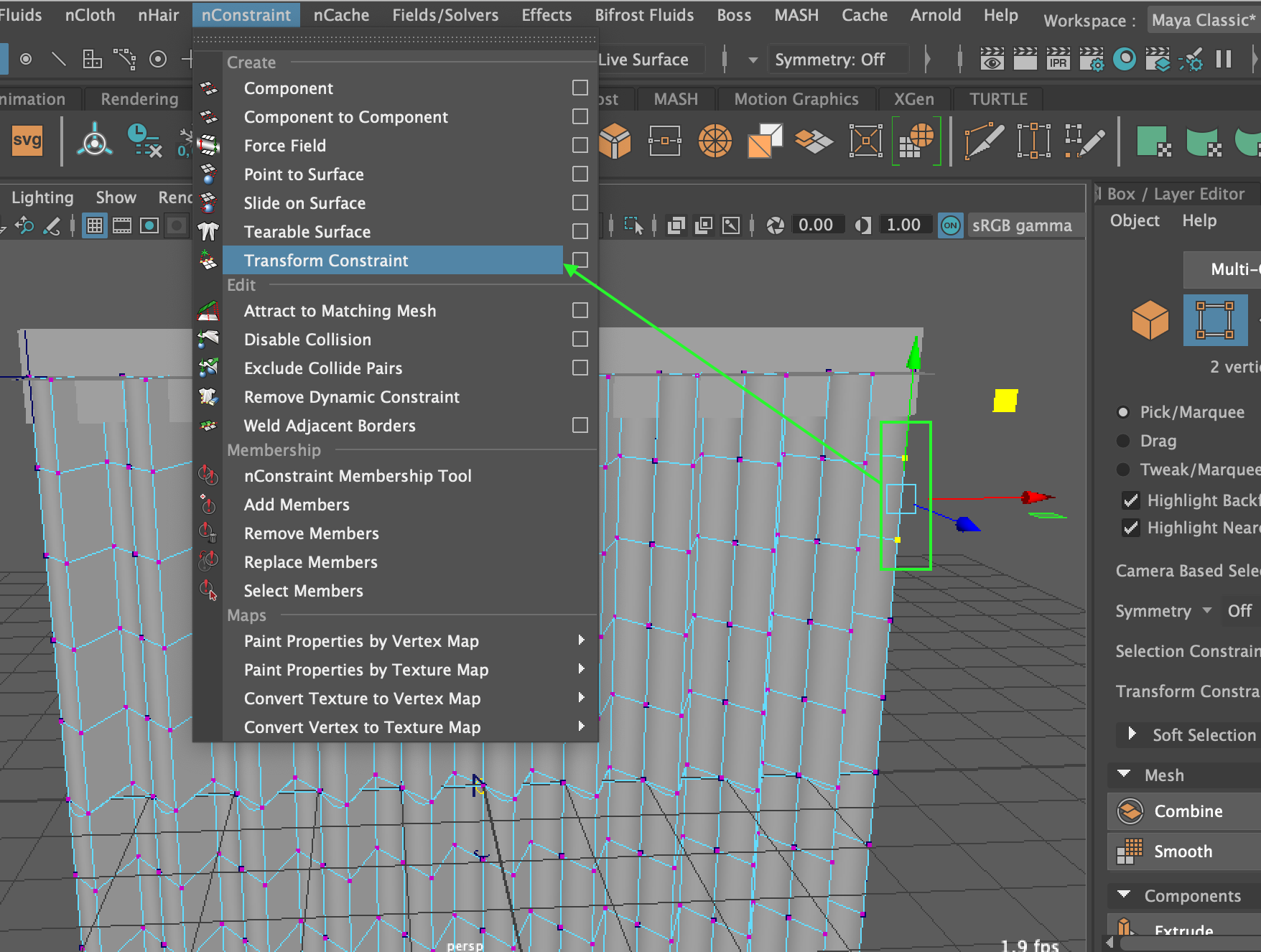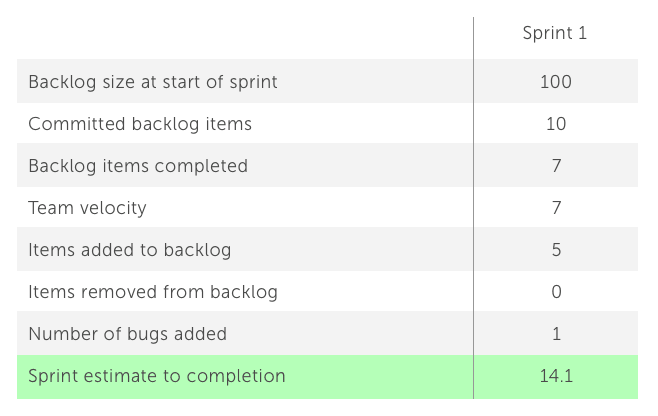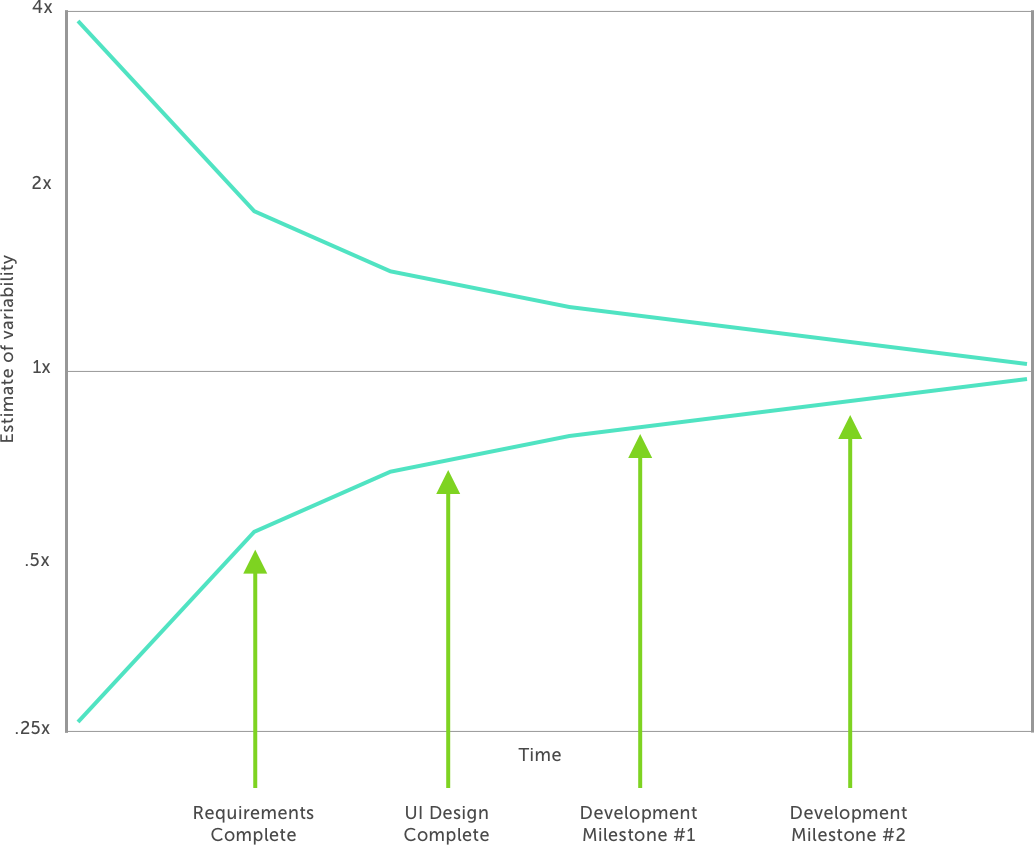John Player Posts
A simple guide of a simple yet effective and useful feature. Applying random transforms into an object and its properties. This allows you to apply a transformation to an object using random values.
A quick guide with an example on how to create an instance of an object. Allowing you to modify a single object and have that modification apply to a defined number of instances (or copies).
The view and work with shaders, first open the HyperShade by clicking on the small HyperShade ball in the main menu:
A guide on how to model a curtain and animate it sliding along a curtain rail in AutoDesk Maya, using constraints and nCloth.
We previously looked at how to perform agile estimation, we also dipped into the cone of uncertaintyand explained how it is used in the development lifecycle (and the weather in our intro to agile estimation).
Let me give you a bit of advice, whether you are in a product position, a developer or business analyst never give the business an estimation for the delivery of a thing based on time. Don’t even mention days/weeks/months or even years! Get the message?!
A user story is a short description of functionality, sometimes written by an actual user but more often written by a proxy for the user, either a product manager or digital business analyst. They are generally small, and strive to outline a single piece of functionality, the general structure for a user story is as follows:
Lets quickly recap the definition of ‘Estimation’:
The cone of uncertainty is the result of statistics from software projects over the past 60 years. It has roots in the engineering and chemical engineering from the 1950’s and was brought into software development in 1981.

